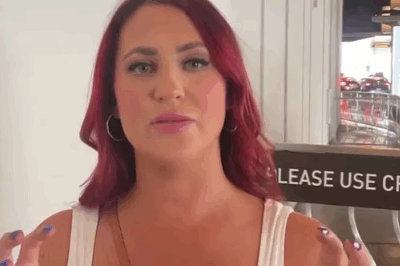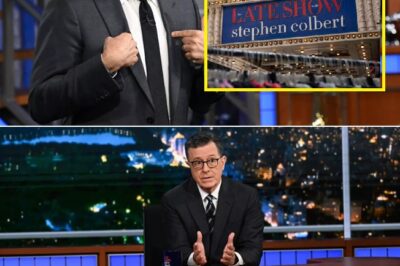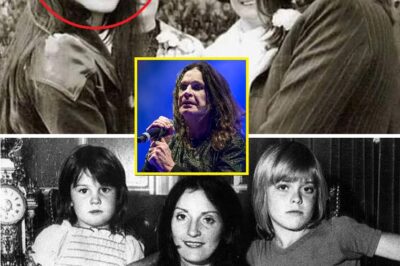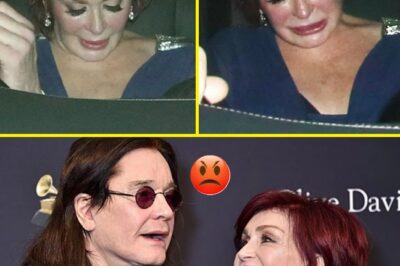When a rising political force collides head-on with a top media figure on live TV, sparks are guaranteed—but few expected the inferno that followed.
In a moment that stopped viewers in their tracks and lit up every corner of the internet, Senator JD Vance didn’t just appear on CNN—he took control. Confronting anchor Kaitlan Collins in a tense, unfiltered interview, Vance went beyond policy debates, launching a blistering critique of what he described as “media spin” and “intentional distortions” broadcast in plain view.
Tensions Snap Live On Air
What began as a typical political segment unraveled into one of the most combustible media moments of the year. Known for her sharp interviewing style, Collins began by challenging Vance on recent political controversies and hot-button issues. But from the first exchange, it was clear this would be no ordinary Q&A.
Vance swiftly shifted the spotlight away from himself and onto the network, accusing Collins of pushing a “crafted narrative” instead of seeking honest answers. Calm yet forceful, he questioned the media’s role in shaping public perception—turning a routine appearance into a televised reckoning.
“That’s Not the Truth, and You Know It”
With surgical precision, Vance dismantled several of Collins’s questions, alleging factual omissions and partisan framing. At one particularly striking moment, he called out CNN for “curating reality instead of reporting it,” leaving Collins momentarily stunned.
“The American people aren’t stupid,” Vance said firmly. “They know when they’re being told half the story.” The senator’s blunt remarks struck a nerve with viewers fed up with media gatekeeping—and they weren’t shy about saying so.
A Social Media Earthquake
The fallout was immediate and widespread. Within moments, clips from the interview exploded across platforms like X, TikTok, and YouTube. Hashtags including #CNNShowdown, #VanceUnleashed, and #MediaUnderFire surged as users rushed to weigh in.
Supporters applauded Vance for “saying what no one else on Capitol Hill dares to say.” One viral post declared: “He didn’t dodge. He didn’t pander. He just exposed the game.”
But not all responses were favorable. Detractors accused Vance of deflecting and grandstanding, with some analysts questioning his motives. Still, even critics couldn’t deny the intensity—or impact—of the exchange.
CNN Defends Its Anchor, But Questions Linger
In response to the uproar, CNN issued a statement supporting Kaitlan Collins and reaffirming the network’s dedication to journalistic integrity. Collins herself stood her ground, saying: “My responsibility is to ask the hard questions. That won’t change.”
Despite these assertions, critics seized on the moment as further evidence of media bias—fueling the broader, ongoing debate over the role of news organizations in shaping political discourse.
A Flashpoint in the Trust Crisis
This wasn’t just a high-profile clash—it was a symptom of something much deeper. With public trust in legacy media at historic lows, Vance’s on-air challenge tapped directly into widespread frustration.
“This wasn’t about ratings—it was about reclaiming the narrative,” one political strategist said. “Vance gave voice to millions who feel misled or ignored by traditional media.”
The exchange has sparked renewed scrutiny of how news is framed, who gets to speak, and whether media institutions are truly serving the public—or simply reinforcing power structures.
Ripple Effects in Washington and Beyond
Unsurprisingly, the political aftershocks came quickly. Conservatives celebrated the moment as a long-overdue confrontation. Progressives accused Vance of waging war on journalism. And analysts on both sides acknowledged it marked a turning point in how candidates approach the media.
“Politicians are no longer afraid of taking on the press,” said one commentator. “In fact, it’s becoming a strategy.”
What Does This Mean for the Future of Media?
The question now is: where do we go from here?
Will more political figures follow Vance’s lead and publicly challenge media platforms? Can news outlets adapt to a world where being questioned is no longer off-limits? And most importantly, will the public become more vigilant in separating fact from spin?
What’s certain is that this wasn’t just another heated segment—it was a flashpoint in a national conversation about truth, power, and who gets to shape the story.
In an era where trust is rare and authenticity prized, JD Vance’s explosive moment wasn’t just political theater. It was a challenge to the entire media establishment—and it’s a challenge that’s far from over.
News
You Picked the Wrong Woman” — Karoline Leavitt Silences a Cocky Ex-NFL Star Live on Air, and the Internet Can’t Get Enough
The moment was electric — the kind of live TV where you just know something unforgettable is about to happen….
‘It was absolutely te:rrif:ying” – Southwest passenger describes h0rr0r of plummeting mid-air as screams filled the cabin when pilot avoided cr:ash
A Southwest passenger aboard a flight that was forced to make an evasive maneuver to avoid a mid-air collision said screams…
What’s Next for Late-Night? Expert Breaks Silence After Shocking Cancellation of The Late Show With Stephen Colbert
After the CBS network cancelled The Late Show With Stephen Colbert after three decades, one media expert has weighed in…
“I Know His True Face” – Ozzy Osbourne’s first wife decides to erase the rock star from her life as she reveals ha:unting secrets from their “HE:LLI:SH” past together
As the patriarch of reality TV show The Osbournes – presiding in potty-mouthed dysfunction over the family antics – he won a…
“I’LL NEVER FORGET THAT NIGHT” – Sharon Osbourne speaks through heartbreak as she recalls the moment Ozzy Osbourne brought another woman back to the h0tel — forgetting his own wife was already there
Ozzy Osbourne and his wife, Sharon Osbourne, once fondly recalled what happened when the Black Sabbath frontman picked up a…
Cameras Off, True Colors Revealed – What Stephen Mulhern Did Backstage at You Bet! Will Leave You Sh0cked
Another brand-new series of You Bet! is set to air on ITV with host Stephen Mulhern at the helm. And now, someone who managed…
End of content
No more pages to load












